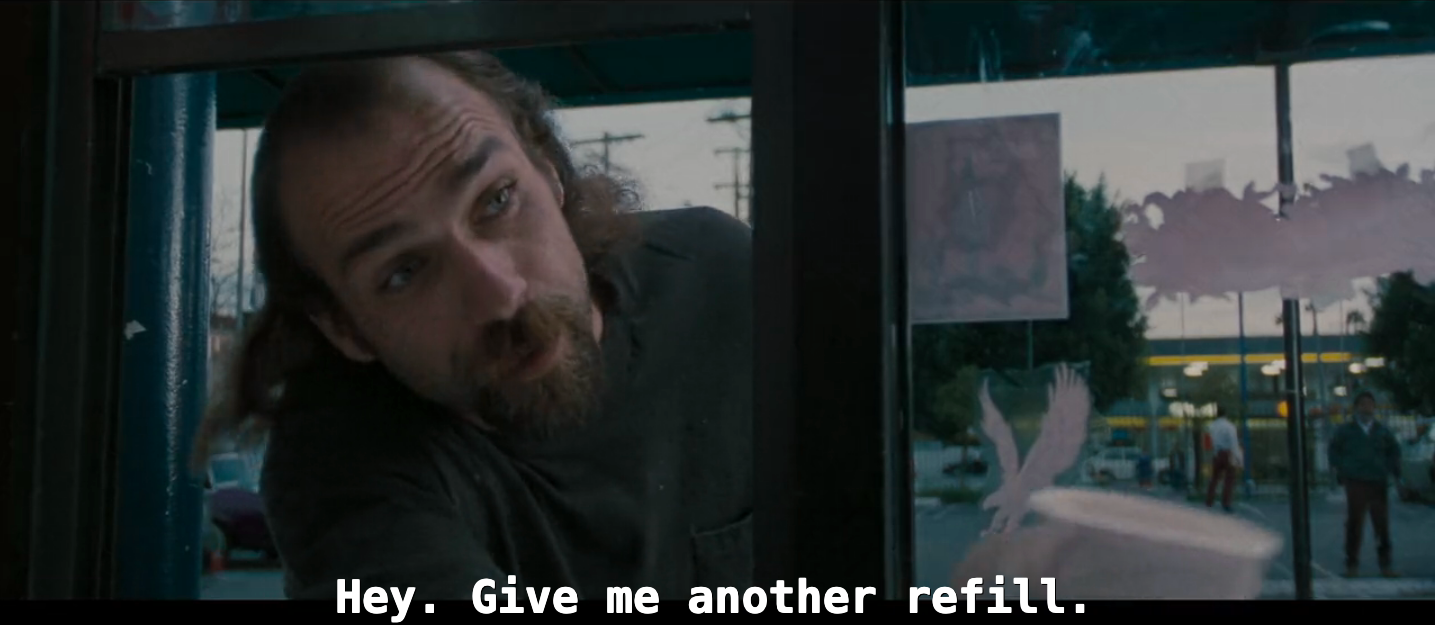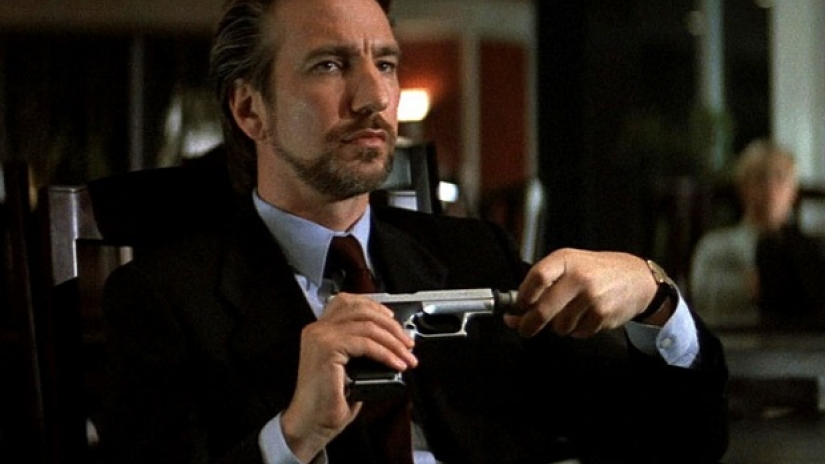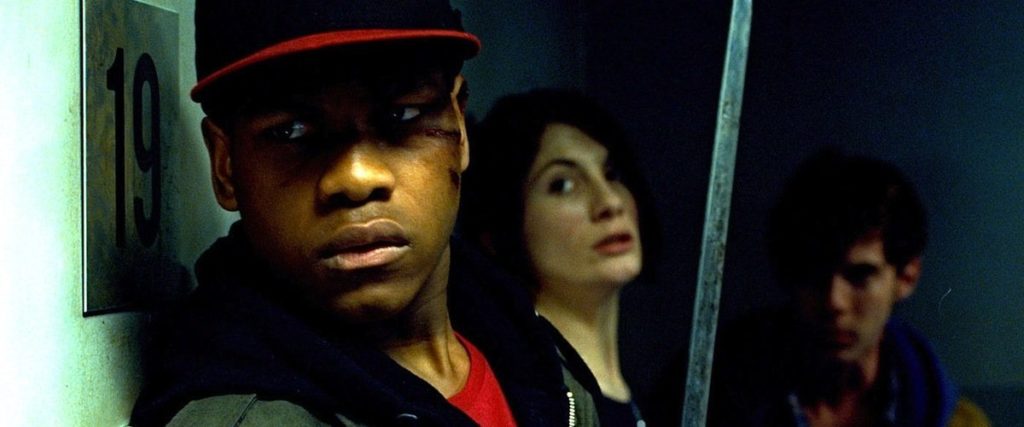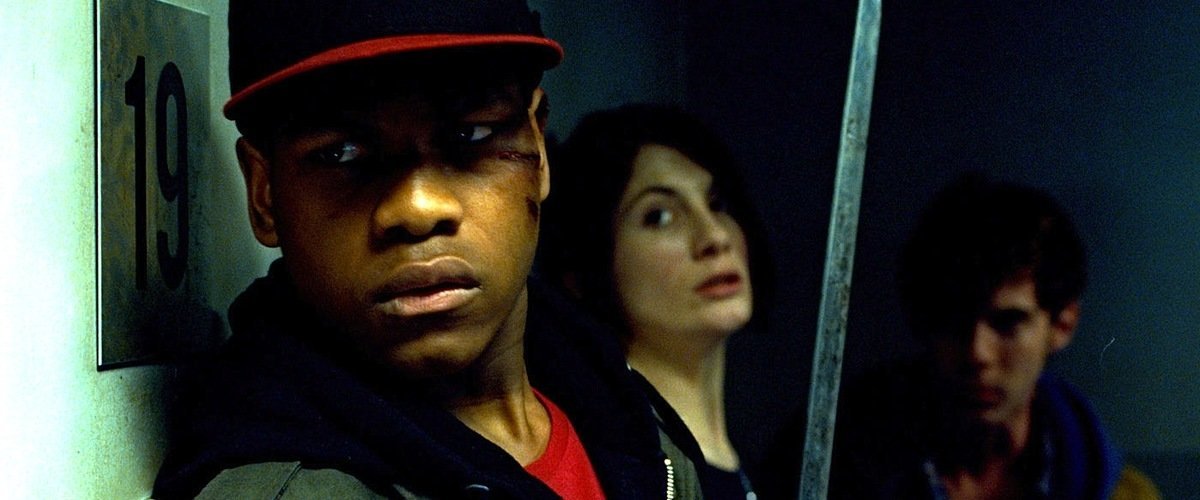Five times in the past week I’ve either given someone feedback or heard someone else give feedback that a writer’s pilot script had too many characters.
This is obviously a common note, but many writers are resistant to this feedback and I understand why. These characters are our babies! And frankly, cutting entire character arcs is a lot of work.
So the question is: does your pilot really have too many characters or — as one writer suggested — is that just feedback people give when they can’t think of anything more insightful to say?
This post is divided into three parts:
- How many characters do “real” (produced by a major broadcast, cable or streaming network) pilots have? I analyzed 30 recent pilot scripts to find out. I’ve divided speaking parts into major characters, minor characters, and walk-ons, and I give you both an average and a range. I’ve separated half-hour pilots from one hours (I analyzed 15 of each).
- If it turns out your character count isn’t higher than average, then why are people giving you the note that you have too many? I’ll explore some possible explanations for the “note behind the note.”
- If it turns out you do have too many characters, how can you cut them down?
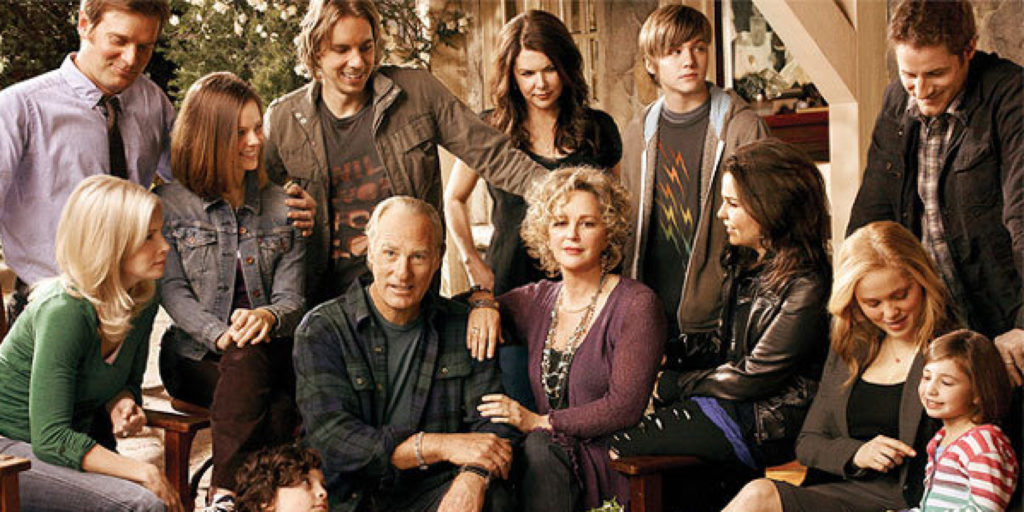
How Many Characters Does an Average Pilot Have?
Let’s start by getting some definitions out of the way.
I define major character as a character who appears in a large number of scenes, has an important goal, and/or has some sort of emotional arc in the episode.
Possible examples: the protagonist, the antagonist, the protagonist’s love interest, the protagonist’s sidekick, the protagonist’s mentor
I define minor character as a character who doesn’t have that many lines or only appears in one or two scenes, but who has a name (usually) and it’s clear this character will be back in future episodes.
Note that sometimes these characters will become major characters later in the series, but I base my categorization on their function in the pilot.
Possible examples: the protagonist’s mother-in-law, the protagonist’s neighbor, the protagonist’s roommate
Sometimes walk-on characters can play a substantial part in the pilot while still not being a character we need to keep track of for future episodes. I refer to these as walk-on characters with substance, meaning they aren’t a recurring character, but they have a memorable scene or they play a larger role in the episode.
Possible examples: a failed Tinder date, a mean bartender, an interviewer for a job the protagonist doesn’t get
I define walk-on character without substance as a character we’ll probably never see again after this episode. They are likely only in one scene and have at most a handful of lines. In most cases they don’t even have a real name.
Possible examples: Cute Barista, Drunk Guy, Uber Driver, Guard #2
I define half-hour pilot as a pilot between 20-40 pages, whether it’s a multi-cam network sitcom or a single-cam streaming dramedy.
I define hour-long pilot as a pilot between 50-70 pages, whether it’s a 6-act network police procedural or a streaming family drama with no act breaks at all.
All of the scripts I used are for pilot episodes of shows produced by a major broadcast network, cable network, or streaming platform in the past three years. The 30 scripts I analyzed were chosen basically at random from a file of recently produced pilots.
Half-Hour Pilots
The average length of these scripts was 33 pages.
Major Characters
Average: 3
Range: 1-6
Minor Characters
Average: 5
Range: 1-10
Walk-on Characters with Substance
Average: 3
Range: 0-9
Walk-on Characters without Substance
Average: 4
Range: 1-11
Total Speaking Parts
Average: 15 (of which only 3 are major characters)
Range: 9-25 (of which only 1-6 are major characters)

One Hour Pilots
The average length of these scripts was 60 pages.
Major Characters
Average: 5
Range: 3-10
Minor Characters
Average: 12
Range: 5-17
Walk-on Characters with Substance
Average: 4
Range: 1-13
Walk-on Characters without Substance
Average: 9
Range: 1-17
Total Speaking Parts
Average: 30 (of which only 5 are major characters)
Range: 24-40 (of which only 3-10 are major characters)

Summary
It’s interesting that the average number of characters in a one hour pilot is literally double the number in a half-hour. I actually wouldn’t have expected that.
The average number of speaking parts, particularly for one hours, is much higher than I expected. I’m guessing a lot of writers who have gotten the feedback that their pilot has “too many characters” actually have fewer speaking parts than that! If that’s you, read on…
Why Do People Think My Pilot Has Too Many Characters?
There are two possibilities: (a) your pilot does have too many characters, or (b) your pilot doesn’t have too many characters but it feels like it does.
The first possibility is easy to diagnose. Just look at the numbers above and compare to your script. If your number of speaking parts is at the high end of the range above (or even beyond the range), then you probably really do have too many characters.
The second possibility is a little tougher. If your script doesn’t actually have too many characters but people keep telling you it does, there are a few explanations that are pretty common. Read through them below and see if one or more resonates with you (or echoes feedback you’ve gotten from readers).
Too Many of Your Characters Are “Important”
Maybe the total speaking parts in your half-hour pilot is within a normal range (let’s say you have 14), but if you’d consider eight of them to be major characters, you’re probably asking too much of them. It’s hard for a reader to identify with any one character if they’re all spread so thin, let alone keep them straight. Your job will be to downgrade some of them to minor status or cut them entirely.
One way to do this is to ask yourself: How many of your characters have at least one scene by themselves or with only one other character?
Monica Beletsky had another great Twitter thread this week, this time pointing out the importance of 1- and 2-person scenes in pilots. Intimate scenes like this are a signal to the reader that this is a character we should care about, and they give us an opportunity to connect more with that character’s thoughts and feelings. You probably can’t manage scenes like that for more than a handful of characters in 30-60 pages without losing story momentum, so choose wisely.
Your Characters Aren’t Distinct Enough
This is a common one and there are several underlying issues that could cause it:
- Their names are too similar.
This might sound dumb to you but it’s a real problem. If you have one character named Max and another named Matt, readers will probably struggle to keep them straight.
It’s not just about names that start with the same letter. It can also be that too many of your characters have the same kind of name. If all of your characters have common “middle-class white American who was born in the 1990s” names, readers may still get them confused.
If Max and Matt are the only two characters in your pilot, we might be ok because we’ll get to know each of them really well, but if there are six main characters and 5 minor characters and another five walk-ons? We’re going to forget who’s who.
The good news? This is probably the easiest fix on this list. In Final Draft, just go to Edit > Replace Character and swap some names. (If you switch a short name to a longer name, watch out for a possible increase to your page count.)
- Their voices are too similar.
I’m not suggesting you give each character a different accent or a weird speech pattern (though that’s one approach). I’m suggesting you get clear on who each character is, and make sure that information is on the page.
And I’m not talking about writing lengthy character bios. It’s much simpler than that.
Immediately after reading your pilot, a reader should be able to pass the following pop quiz: for any major character in your script (and most minor characters), the reader should be able to name — off the top of her head — at least one adjective that describes that character’s personality.
Can your readers do that? Or do they say: “She’s… a lawyer?”
Or worse: “Which one was that again?”
You don’t need to worry about a lot of nuance at this stage, except maybe for the protagonist. This is only the first episode! You have to cover a lot of ground in very few pages. There will be time for nuance later.
At this stage, you just need to communicate one adjective about each minor character (e.g. status-conscious, hyper-analytical, grumpy, easily scared), and for major characters, you might aim for two adjectives (e.g. dumb but kind, generous but passive-aggressive, anxious but intelligent, irritable but brave).
This might sound like oversimplifying but if you read just about any successful, critically-acclaimed pilot, it really is this simple. Think about Tahani on The Good Place. Think about Jesse on Breaking Bad. Think about Josh on Crazy Ex-Girlfriend. Think about Princess Carolyn on BoJack Horseman. These characters gained nuance later in the series, but in the pilot? You could probably sum them up in one or two clearly-indicated adjectives.

At the very least, if the feedback you’re getting on your script is that people can’t tell your characters apart, this can be a first step on the path to fixing that.
Make a list of adjectives like the ones above and try them out on your characters. How might it strengthen your characters if you assigned one or two of these adjectives to each and rewrote their scenes accordingly? (Note: beware of playing into stereotypes or cliché tropes.)
- Their purposes are too similar.
For this one, you need to understand the point of your story. What is the theme your series is going to explore?
Each major and minor character should be serving a different purpose in your series by exploring a different angle of your theme. It’s like each character is making an argument for the audience, and over the course of the series the culmination of all of those arguments will present a unifying idea to the viewer.
If you have two characters that are presenting the same argument, that’s going to feel redundant.
(Keep in mind that when I say “present an argument,” I don’t mean that the character actually speaks this argument in dialogue, though sometimes that might happen. More often it’s that her worldview, choices, and experiences make the argument for her. To understand what I mean, think about the ensemble on a show like The Wire or The Good Place.)
As an example, let’s say you’re writing a legal procedural that explores the theme: “Is it more important to follow the letter of the law or the spirit of it?”
Your protagonist is a by-the-books prosecuting attorney who pulled herself through law school by her own bootstraps and as a result believes in the beauty of the letter of the law, however flawed it may be.
Her boyfriend is the anxiety-prone defense attorney she often goes up against, who also believes in the beauty of the letter of the law because he worked hard to put himself through law school and thus has a romanticized idea of the legal profession.
These characters have different jobs and personalities, but their function in the series is the same. They’re both making the same argument in the series’ conversation about theme.
- Their roles in the story are too similar.
Let’s say you have two antagonists. It’s not uncommon for a story to have two or more antagonists but they should be distinct from each other and they shouldn’t have the same level of menace. One can be the evil overlord who lurks in the shadows, but they can’t both be that. The other should be the blustery bully or the passive-aggressive meddler. They should play different antagonistic roles in the story.
Another example is if you have two characters who are the “bad boy with a heart of gold” or two characters who are the “goofy comic relief.” LOST didn’t need two Sawyers. Seinfeld didn’t need two Kramers.

Your Characters Aren’t Memorable Enough
Maybe your characters are all different, and you don’t have too many of them, but when you quiz readers on which character they liked best, they struggle to remember any of them specifically.
Or, more likely, one or two characters stick out memorably but the others melt into a pile of mush.
There are a few ways to fix this problem:
- Give your characters goals.
Even if it’s a minor character, they probably have something they care about in life, or at least that they care about for the next 30 minutes of this episode, or the next 30 seconds of their scene.
Maybe they want to escape. Maybe they want to avenge a loved one’s death. Maybe they want someone to notice their haircut. Maybe they want to get high. Maybe they want to be left alone. Maybe they want the waiter to refill their glass of water.
It doesn’t have to be anything dramatic and you don’t need to spend more than a line or two on it, but if you give a character something to want, that will make them more memorable.
- Give your characters a great intro.
Maybe they enter the scene covered in blood. Maybe their first line is a non-sequitur. Maybe they’re only wearing a towel. Or maybe you just give them a really insightful and hilarious introduction in the scene description.
If you just describe them as “JOHN, 32” and their first line is “Hi, how are you?” we are not off to a memorable start.
How Do I Reduce the Number of Characters in My Pilot?
Okay, so you’ve decided that you really do have too many characters. It may seem like they’re all crucial, but that’s pretty unlikely! Other pilots have clearly gotten by with fewer characters and you probably can too.
Ask yourself what narrative purpose each major and minor character serves in your story:
- What is the primary adjective or adjectives a reader would use to describe this character after reading the pilot (based on the actual text of the script)? Would they describe any other characters similarly?
- What does this character do that’s necessary for the plot to move forward? Could someone else do it? Does it absolutely have to be done?
- What thematic argument does this character make? Does your story need this argument? Is another character making the same argument?
- What role does the character serve in the story? (e.g. goofy comic relief, unstoppable antagonist, etc.) Does your story need someone to fill that role? Is anyone else already filling it?
This will illuminate a lot. After you’re done answering those questions for all major and minor characters (but not walk-ons), you will probably have ideas for who to cut and who to combine.
Another thing to consider: if there are any characters you introduce in the pilot who won’t be important until a later episode, consider cutting them unless they serve another important purpose. The harsh truth is there will probably never be a second episode. These scripts are usually just writing samples. Even if we do sell our pilot script, it’s unlikely it will ever make it to air, let alone get a full season.
But if by some miracle all of that does happen, we can bring those deleted characters to the writers’ room and add them back in.
***
You can now like this page on Facebook! On the Facebook page, click the “Following” dropdown and select “See First” and “Notifications On” to get notified of new posts.

